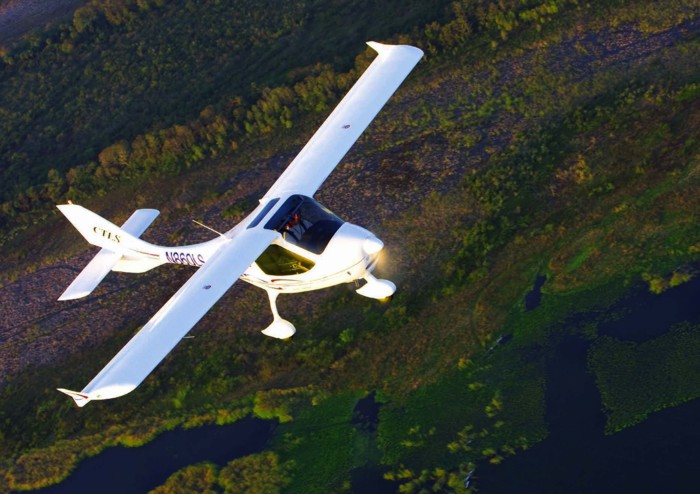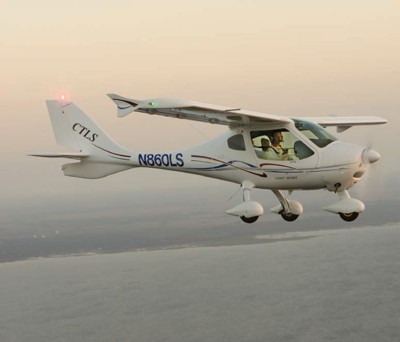
All photos by EAA Chief Photographer, Jim Koepnick This article appears on ByDanJohnson.com thanks to permission granted by EAA and the willingness of author, Ed Downs. I’ve had the pleasure to fly with many expert pilots but the very best aircraft checkout I’ve ever received came from Ed. He’s a good pilot, that’s a given. But he is also very adept at giving you a solid expectation of what to expect. I think you’ll agree after you read this article. –Dan Johnson *** Note this article is presented without charge. Are LSA Growing Up? New special light-sport aircraft (SLSA) enter the market on an almost weekly basis. Many of the early SLSA entrants were makeovers of existing European advanced ultralight designs or adapted versions of post-World War II training airplanes. Flight Design USA has now introduced the CTLS, defined as a second-generation S-LSA from the German-based Flight Design GmbH. Is this new S-LSA better than the first CTs sold?












